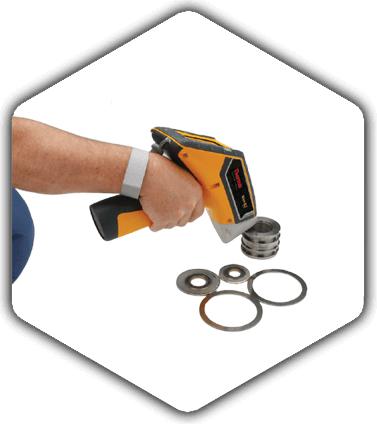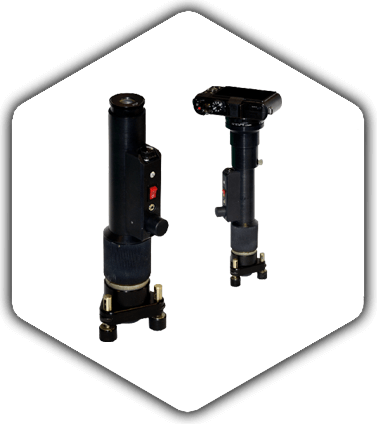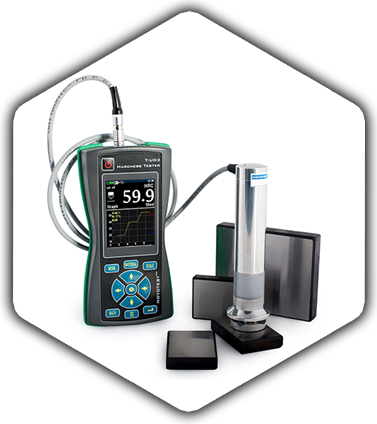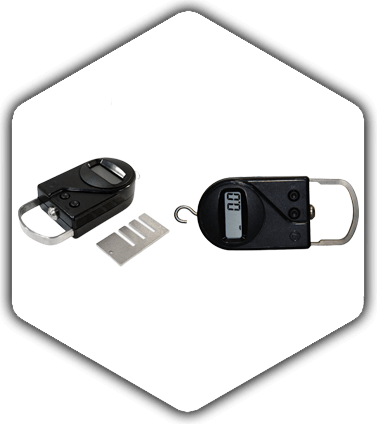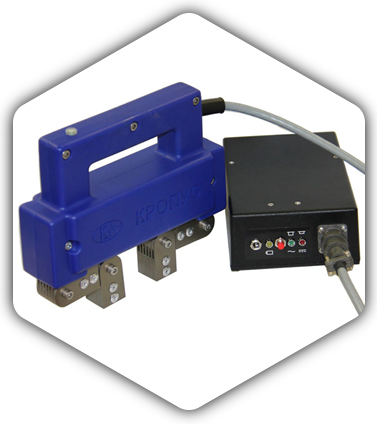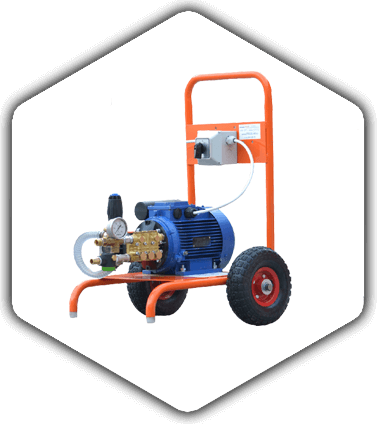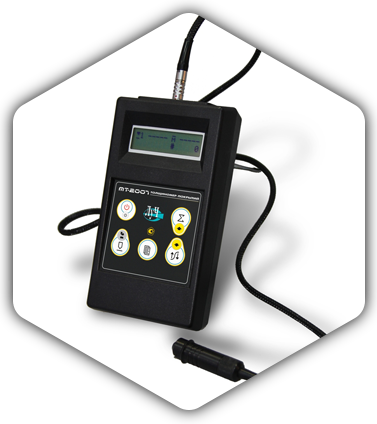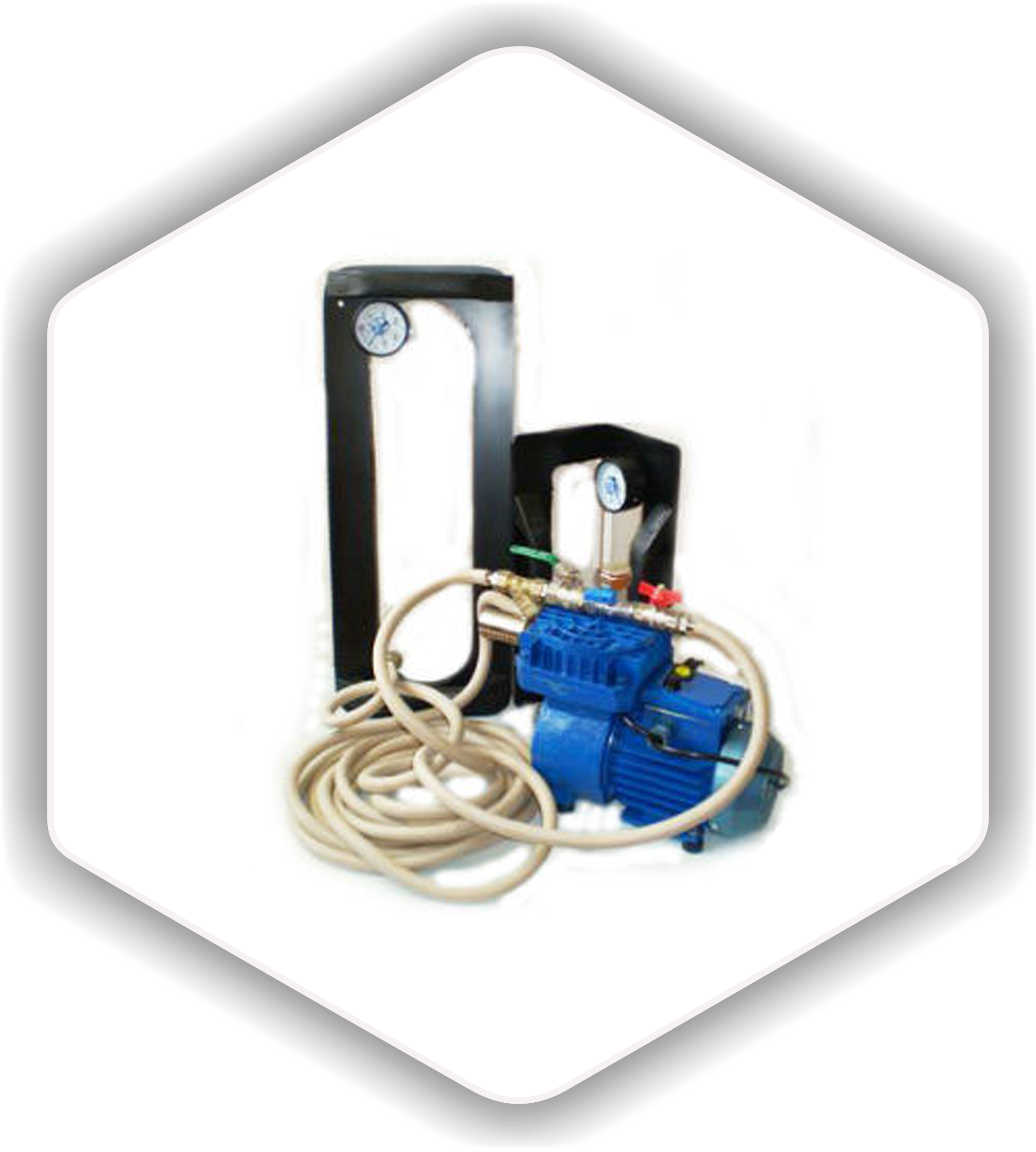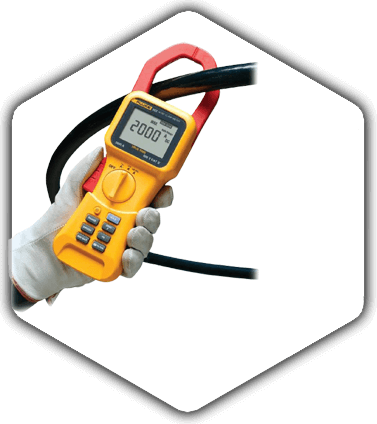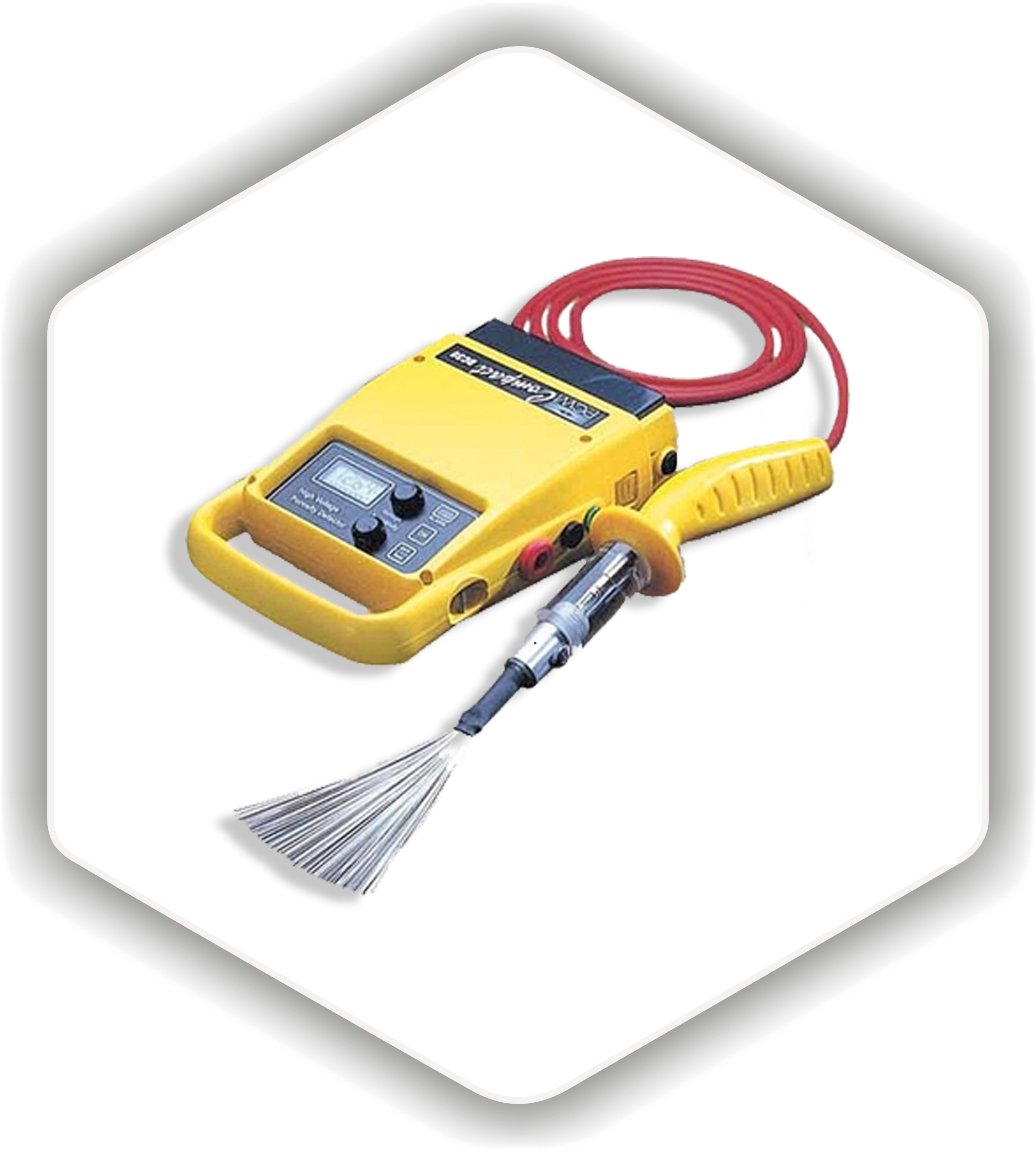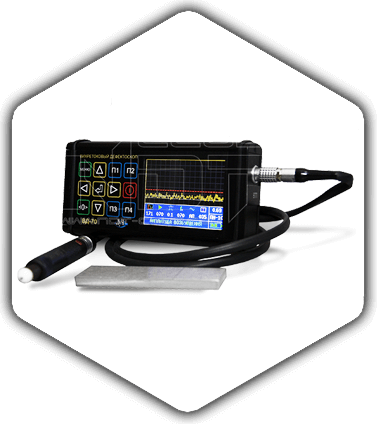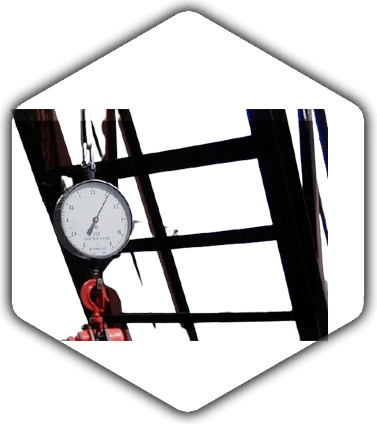Concrete Flexural Testing
Flexural testing of concrete is a mechanical testing method used to determine the flexural strength of concrete. This parameter is crucial for structures exposed to significant bending stresses, such as beams, slabs, and road surfaces. Flexural testing helps assess the brittleness of the material and its resistance to crack formation.
Method Description
1. Sample Preparation
• For flexural testing, standard prismatic samples of 100x100x400 mm or 150x150x600 mm are typically used, made from the same concrete as the structure being tested. The samples are cured, typically for 28 days, to allow the concrete to achieve standard strength.
2. Testing Process
• The sample is placed on two supports spaced a specified distance apart, creating a “primary bending point” at the center.
• A load is applied to the central part of the sample (from above) or at two points for three-point or four-point bending tests, respectively.
• The load is gradually increased until the sample fails.
3. Measured Parameters
• Flexural Strength: This is the main parameter determined, calculated as the ratio of the maximum load that caused the failure to the cross-sectional area of the sample. Flexural strength is expressed in megapascals (MPa).
• The nature of the failure is also recorded, which can indicate the concrete’s resistance to cracking and deformation.
4. Testing Conditions
• To ensure accuracy and reproducibility, the test is conducted under controlled laboratory conditions, maintaining standard temperature and humidity levels.
Application of the Method
Flexural testing is an important part of assessing the quality of concrete, especially for structures exposed to bending stresses and requiring high crack resistance. The results of flexural tests provide insights into the material’s durability and its ability to perform under load, and help in decisions regarding the further use or recycling of the concrete.
Tel. +7 (7212) 996606,
Tel. +7 (708) 4360630
M02F3P7, Republic of Kazakhstan,
Karaganda region, Karaganda,
st.Navigational 7, housing 2
E-Mail: info@ardcon.kz


